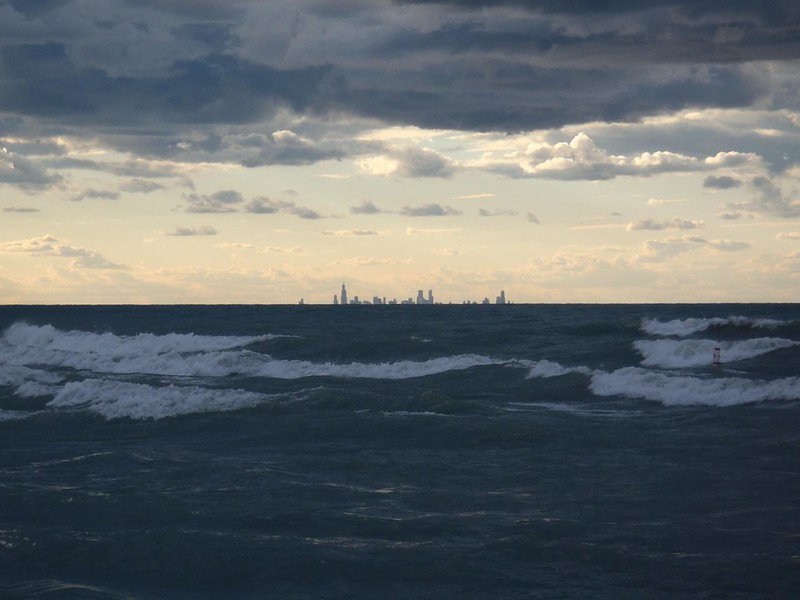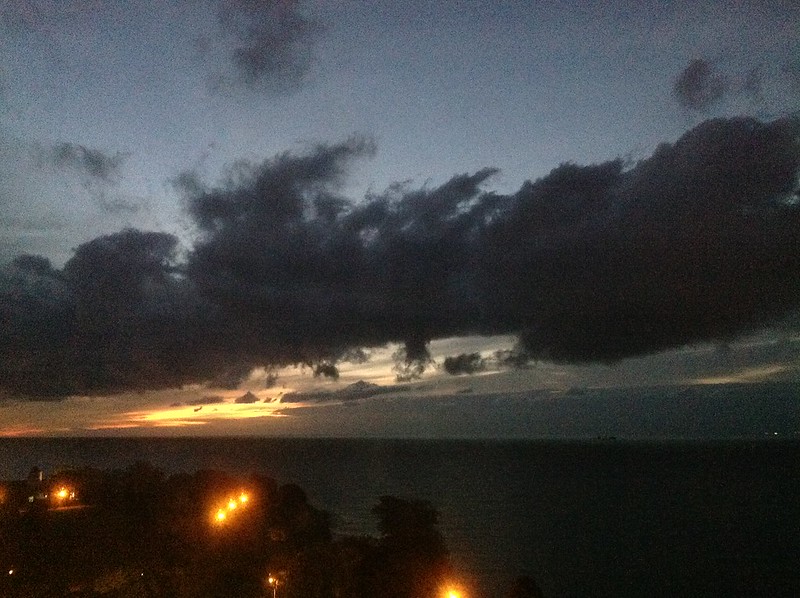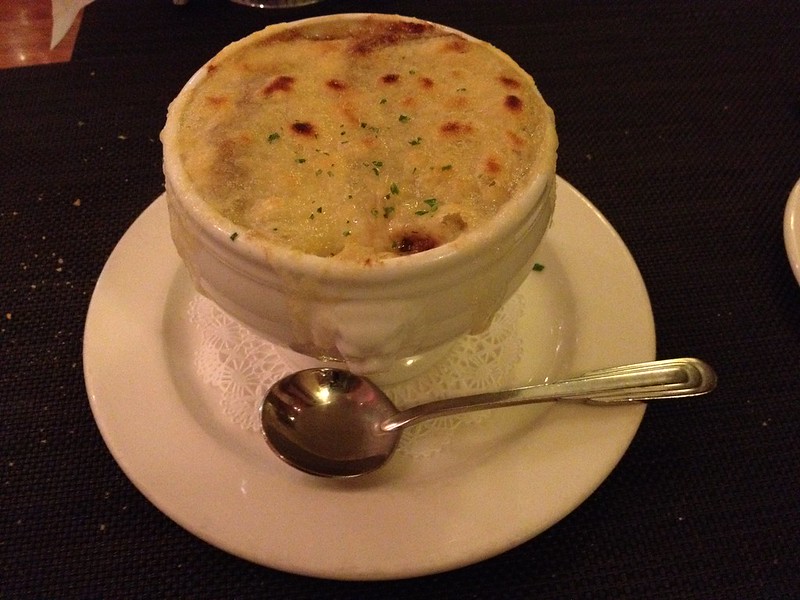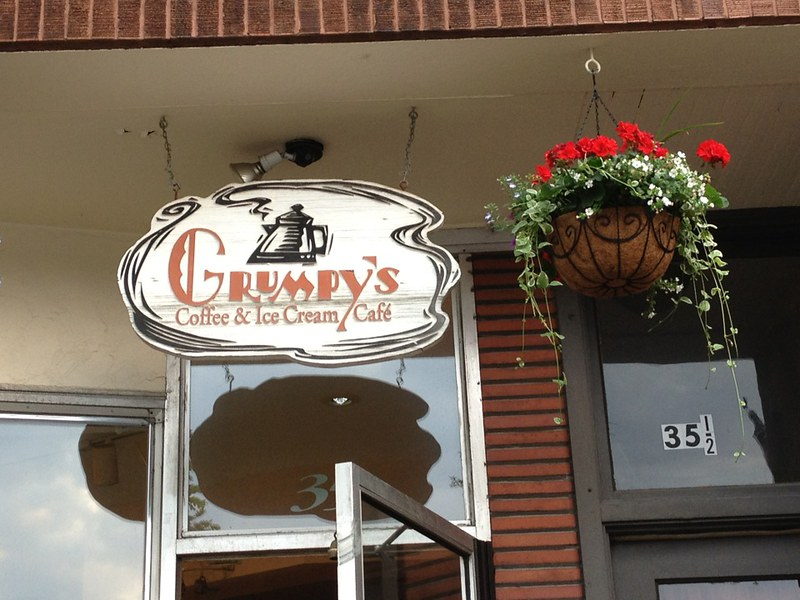
Tag Archives: Chicago
Chicago as seen from Indiana Dunes
Lincoln Park Zoo, September 29, 2012
Changing Lake Michigan moods
Dark mood for Lake Michigan
Butterflies at Chicago Botanic Garden
Bob Newhart’s dreary 1970s Chicago
In the credits and the background of The Bob Newhart Show, Chicago is invariably dreary, with uniformly gray skies. It’s as if the show were set in a perpetual early winter, after the autumn is bright with color and before the winter is bright with snow.
This is how Chicago really looks in spring and parts of summer:

or this:

and, all right, occasionally this:
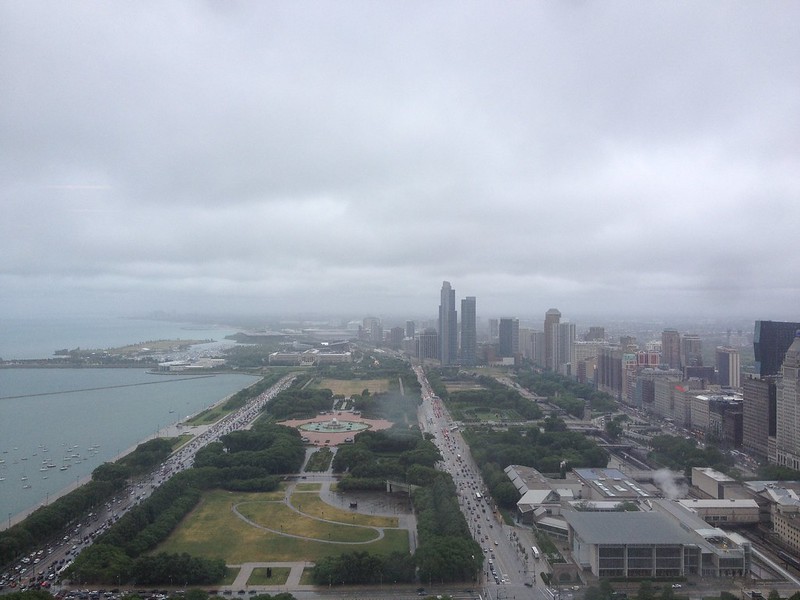
Chicago Portage National Historic Site and Riverside, Illinois
Saturday J. and I walked the path through the Chicago Portage National Historic Site area. The last time we were there, we volunteered to help the Cook County Forest Preserve District clear out invasive plants, a hot, sweaty, satisfying task.
This time, we took a leisurely stroll and enjoyed beautiful, mosquito-free weather. Afterward, we visited Riverside Public Library, walked along the river, dined at The Chew Chew, and topped off dinner with ice cream at Grumpy’s Café. I did run out of steam thanks to my latest issues, but not before relishing a perfect day. I need more of these.

